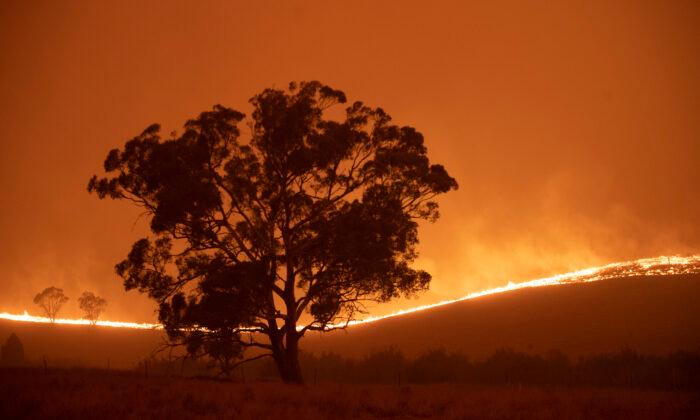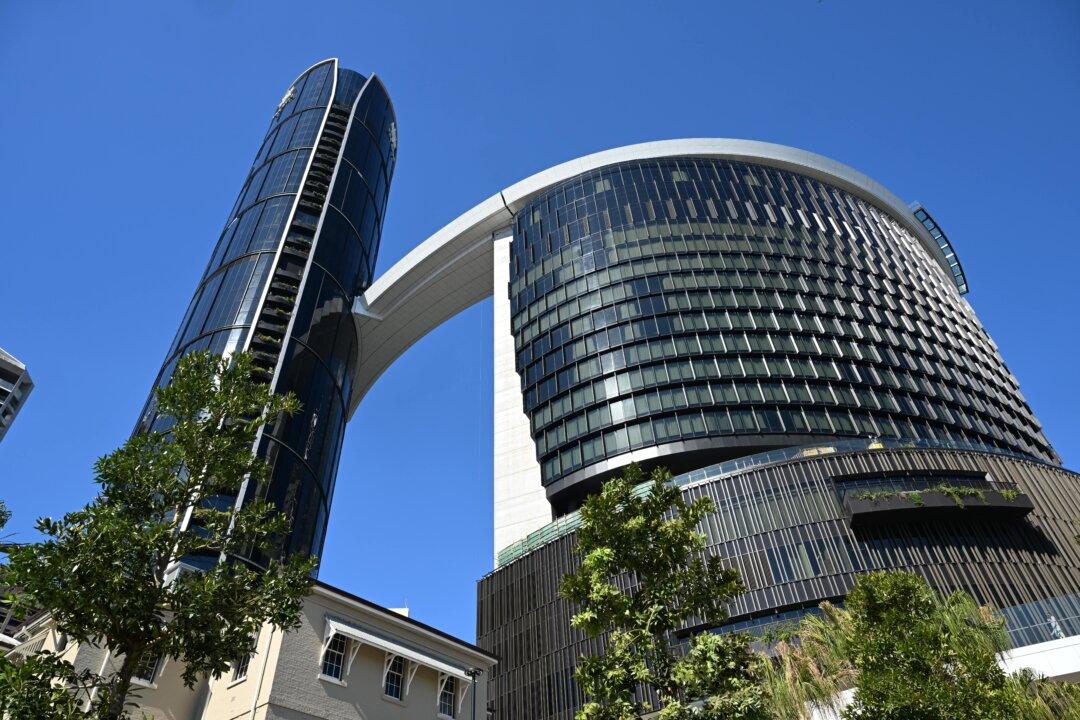E-scooters and phones with lithium-ion batteries could pose a risk to emergency service workers and communities as Australia heads into what might be its worst bushfire season since the 2019-20 Black Summer emergency.
Drier and warmer conditions have elevated the risk of spring bushfires in New South Wales (NSW), South Australia, large parts of Victoria and southeast Queensland.
And in recent months news bulletins have been filled with stories of northern hemisphere summer fires in Greece, Hawaii and Canada.
But Federal Emergency Management Minister Murray Watt doesn’t want Australians to be too alarmed.
“While we are looking at a more significant risk of fire this year than we’ve seen in recent years, in many parts of Australia what that really means is returning to a normal fire risk and emerging from those La Nina wet conditions that we’ve been through the last couple of years,” Watt told reporters.
“I am confident that we are well prepared as a country for the fire risks that we will face this season.”
Federal, state and territory emergency ministers gathered in Brisbane on Aug. 25 for a briefing from the Bureau of Meteorology and the federal Natural Emergency Management Agency, and Senator Watt released the second national action plan.
A communique from the meeting revealed the ministers also agreed to consider the emerging risks posed by the increased prevalence of lithium-ion batteries.
The rechargeable batteries are used in a host of consumer electronics including mobile phones, tablets, laptops, and power tools, and can cause fires that are difficult to extinguish.
Lithium-ion batteries used in e-scooters in particular have been the source of well-publicised spontaneous fires across the country.
In July, a high-performance e-scooter left charging in a Sydney unit gutted the premises and left three residents on higher levels trapped on their balconies, while another blaze in January left five people injured after a Brisbane home was set alight by a charging e-scooter.
Fires caused by these batteries are extremely dangerous as they ignite readily, burn with intensity and can reignite without notice, according to Fire and Rescue NSW.
During the briefing, the ministers also discussed plans for emergency and temporary accommodation, alongside a mental health scheme for emergency services, and insurance arrangements.
The meeting comes ahead of the government’s first National Bushfire Preparedness Summit in September.
During the two-day summit, 250 representatives from federal, state and territory governments will convene in Canberra alongside specialists from emergency services, industry and not-for-profit organisations.
A simulated bushfire exercise is among the activities to happen at the summit, which will focus on preparing vulnerable people including those living with disabilities and Indigenous communities.
Three years of La Nina downpours briefly had quenched fire concerns, but the vegetation growth it fostered has begun to dry out.
Large parts of the country are now covered in dense, tall grassland—the perfect fuel for fast-moving fires.
Difficult weather conditions earlier in the year mean hazard reduction exercises are behind schedule on much of the east coast, while unseasonably warm and dry conditions have driven an earlier start to the bushfire season in NSW, Victoria and South Australia.
The Black Summer bushfires killed at least 34 people and destroyed more than 2000 homes, cloaking east coast skies in a blanket of ash for weeks and burning through an estimated 24.3 million hectares.
Nearby coastal areas that did not burn that year are now heavy with fuel and face serious risk of fires.







